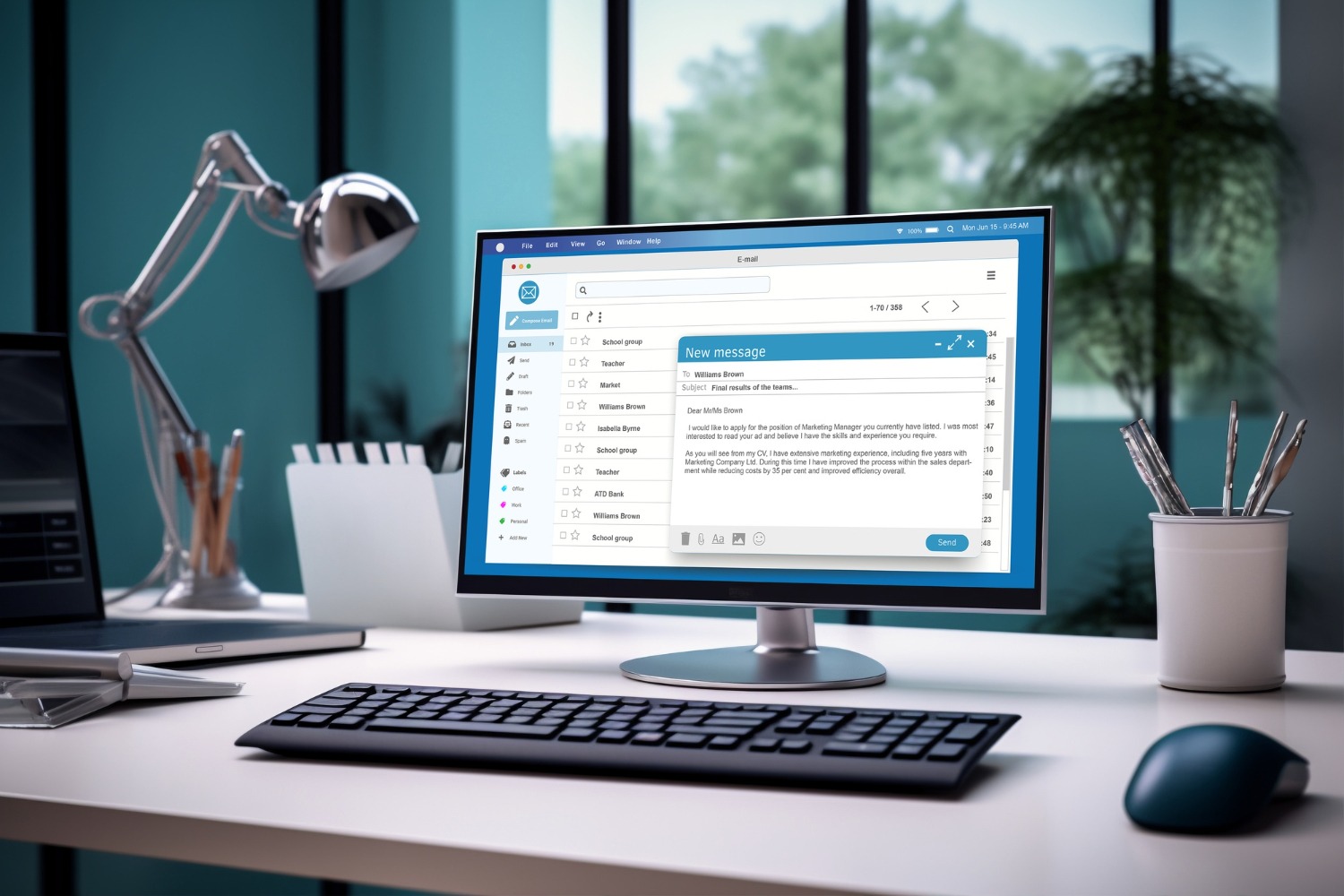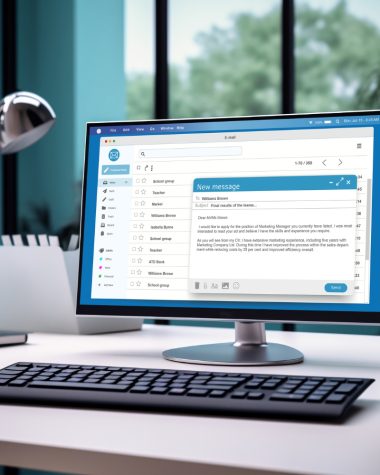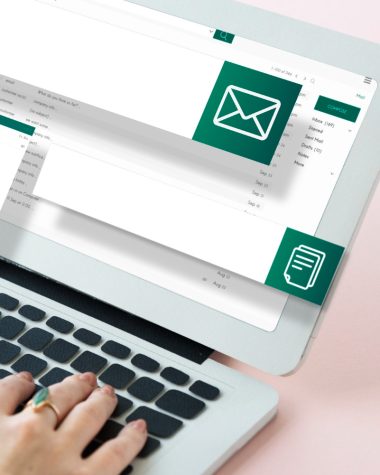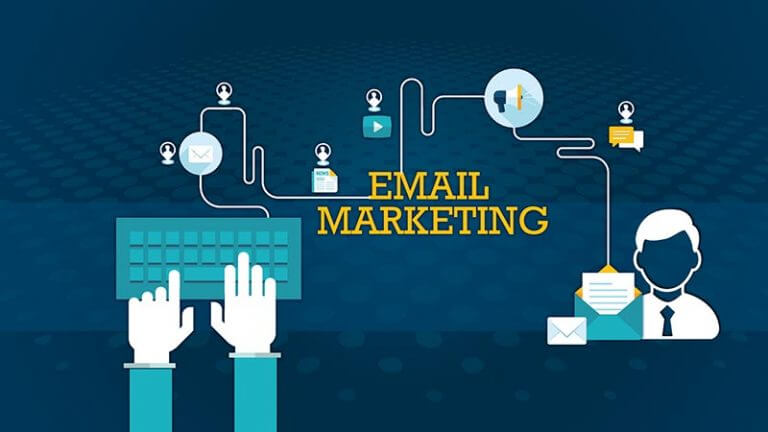Growing an email list is a crucial step in building a successful online presence, whether you’re a business owner, blogger, or marketer. A well-maintained email list allows you to establish direct communication with your audience, drive engagement, and increase conversions. However, simply collecting email addresses isn’t enough—you need a strategic approach to attract the right subscribers and keep them engaged over time.
Understanding the Importance of a High-Quality Email List
Before diving into strategies, it’s essential to recognize that not all email lists are created equal. A large but unengaged list is far less valuable than a smaller, highly targeted audience. The goal is to attract people who are genuinely interested in your content, products, or services. This ensures higher open rates, better engagement, and improved conversion rates.
Many businesses make the mistake of buying email lists, but this often leads to poor results. Purchased lists usually consist of uninterested recipients who may mark your emails as spam, damaging your sender reputation. Instead, focus on organic growth methods that bring in subscribers who want to hear from you.
Creating High-Converting Lead Magnets
One of the most effective ways to grow your email list is by offering something valuable in exchange for a subscription. This is known as a lead magnet, and it can take many forms. The key is to create something that directly addresses your audience’s needs, making it irresistible for them to sign up.
Ebooks, whitepapers, and guides are excellent options, especially for businesses in knowledge-based industries. A well-researched piece of content that solves a specific problem can be highly effective in attracting engaged subscribers. Webinars are another powerful lead magnet, providing an interactive experience that positions you as an authority in your field. Offering a free course via email, where subscribers receive lessons over time, is another way to provide value while keeping your audience engaged.
For e-commerce businesses, discount codes or free shipping offers can encourage sign-ups. Many online retailers see significant growth in their email lists simply by offering a percentage off a customer’s first purchase. Similarly, exclusive early access to sales or product launches can motivate potential customers to subscribe.
Optimizing Your Website for Email Sign-Ups
Your website is one of the most powerful tools for capturing email addresses. A well-placed sign-up form can significantly impact your list growth, but its effectiveness depends on several factors.
Placement matters when it comes to sign-up forms. Pop-ups, while sometimes seen as intrusive, are incredibly effective when used strategically. A well-timed exit-intent pop-up—triggered when a user is about to leave the page—can capture otherwise lost visitors. Embedded forms within blog posts, especially in high-traffic articles, work well because they reach readers already engaged with your content. A dedicated landing page specifically designed for email sign-ups can be useful for promoting lead magnets through social media and ads.
The design and messaging of your sign-up form also play a significant role. Keep your forms simple, asking only for essential information like name and email. The more fields you require, the less likely users are to complete the form. Your call-to-action should be compelling, clearly stating the benefit of subscribing. Instead of a generic “Sign Up” button, try something more persuasive like “Get Your Free Guide” or “Join the VIP List.”
Leveraging Social Media for List Growth
Social media is an excellent platform for expanding your email list, as it allows you to reach a broad audience and drive targeted traffic to your sign-up forms.
Running contests and giveaways where participants must enter their email to join can quickly boost your list. These campaigns work best when the prize is relevant to your brand, ensuring that entrants are genuinely interested in your products or services. Promoting lead magnets on social media through organic posts or paid ads is another effective strategy. Highlighting the benefits of signing up, along with a direct link to your landing page, can encourage conversions.
Facebook and Instagram offer lead generation ads, which allow users to subscribe directly within the platform without leaving the app. These ads streamline the process, reducing friction and increasing sign-up rates. LinkedIn is particularly useful for B2B businesses, where sharing valuable industry insights and offering downloadable content can attract professionals to your email list.
Utilizing Email Marketing to Encourage Referrals
Your existing subscribers can be a powerful asset in growing your list if you encourage them to refer others. Referral programs incentivize subscribers to invite their friends in exchange for rewards. These rewards don’t have to be costly—they could be exclusive content, discount codes, or even entry into a giveaway.
Another way to leverage your current audience is by including social sharing options in your emails. If you send out valuable newsletters or content, make it easy for subscribers to share with their networks by adding forward-to-a-friend buttons and social media sharing links.
Collaborating with Other Businesses and Influencers
Partnering with other businesses and influencers in your industry can expose your brand to a wider audience and bring in new subscribers. Co-hosting a webinar or virtual event is an effective way to cross-promote to each other’s email lists, bringing in engaged audiences from both sides. Guest blogging on industry websites and including a call-to-action for readers to subscribe to your newsletter can drive traffic to your sign-up page.
Influencer collaborations can also be highly effective, especially if they promote your lead magnet to their followers. Working with influencers who share a similar target audience can significantly boost your email list growth.
Maintaining Engagement and Reducing Unsubscribes
Growing your email list is only part of the equation—you also need to keep your subscribers engaged. Sending valuable content consistently is key to retaining subscribers and maintaining a high open rate. If your audience finds your emails useful and interesting, they’ll be less likely to unsubscribe.
Personalization plays a significant role in engagement. Using subscribers’ names in emails, segmenting your list based on interests, and sending targeted content based on past interactions can enhance the user experience. Avoid overwhelming your subscribers with too many emails, as this can lead to higher unsubscribe rates. Finding the right frequency—whether it’s weekly, bi-weekly, or monthly—depends on your audience’s preferences.
Re-engagement campaigns can help bring inactive subscribers back into the fold. Sending a special offer, survey, or personalized message asking for feedback can reignite interest. However, if subscribers remain inactive for an extended period, it’s best to remove them from your list to maintain high deliverability rates.
Measuring and Optimizing Your Strategy
To ensure continuous growth, it’s important to track your email list performance and make data-driven improvements. Monitoring key metrics such as open rates, click-through rates, and conversion rates can help you understand what’s working and what needs adjustment.
A/B testing different sign-up forms, email subject lines, and lead magnets can provide insights into the most effective strategies. Testing small changes—such as adjusting the wording of your call-to-action or changing the color of your sign-up button—can lead to significant improvements in conversion rates over time.
By continuously refining your approach and staying attuned to your audience’s needs, you can build a thriving email list that supports long-term business growth.








